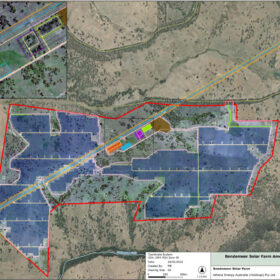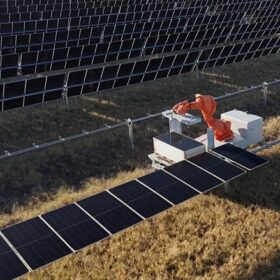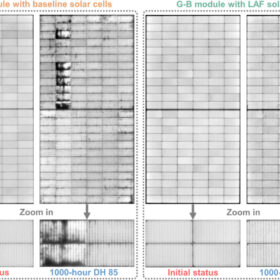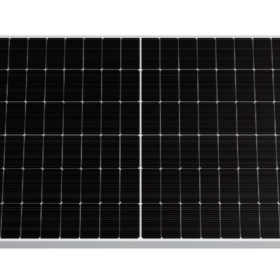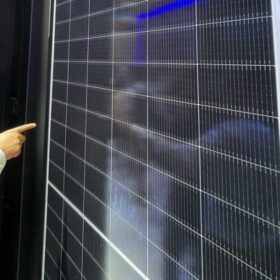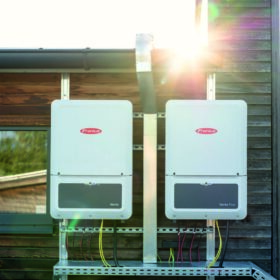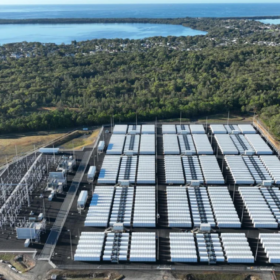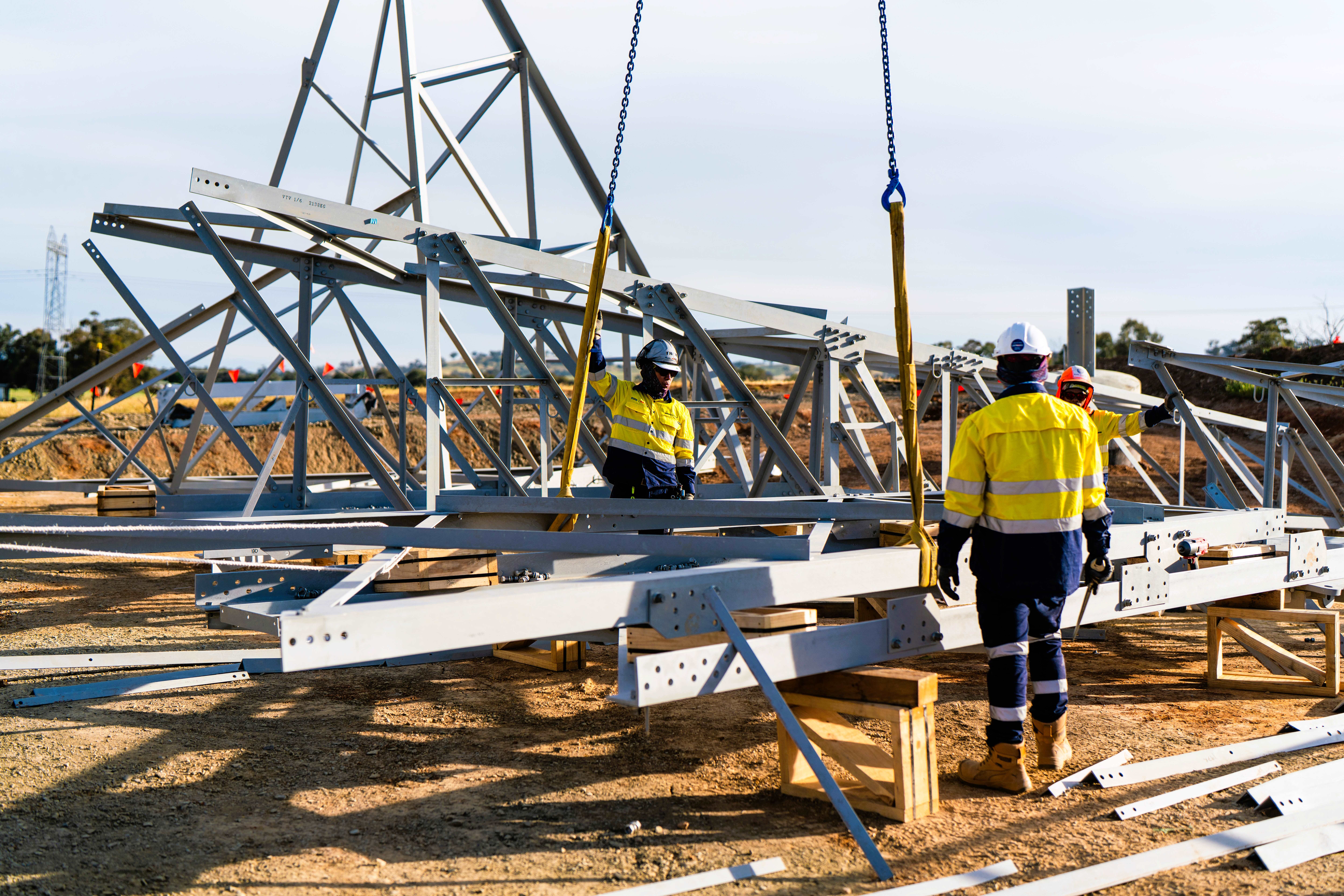EnergyCo gives green light to unlock 3.65 GW of clean energy projects
An 800 MW solar farm and 300 MW battery storage system are included in one of four renewable energy projects totalling 3.65 GW of generation capacity granted the right to connect to new transmission lines in the South West Renewable Energy Zone of New South Wales.
Community response triggers redesign of solar and storage project
The design of a grid-scale solar farm and battery energy storage project planned for the New England region of New South Wales has undergone “considerable amendments” – including reducing the number of solar panels to be installed by more than 75,000 – as the developers seek to address community concerns.
Leapting robot completes install of 10,000 PV modules
An AI-driven solar module-mounting robot has wrapped up its first commercial installation project in the Australian market, deploying almost 10,000 modules in less than 10 weeks.
EVA-induced degradation has significant impact on power losses in TOPCon solar modules
New research from UNSW shows EVA-encapsulated TOPCon solar modules under damp-heat testing can suffer significant power losses and fill factor drops. The study describes metallisation degradation mechanisms driven by EVA-generated contaminants and demonstrates the effectiveness of metallisation adjustments in reducing EVA-induced degradation rates
Gautam Solar presents 23.69%-efficient 640 W TOPCon solar module
The Indian manufacturer said its new TOPCon solar panel is based on rectangular bifacial solar cells and is certified by the Bureau of Indian Standards.
Landowners push plan for Tasmania solar and storage project
A group of Tasmanian landowners is seeking Australian government approval to develop a 250 MW solar farm and 144 MW / 576 MWh battery energy storage system in the state’s Central Highlands region.
EPC Solar eyes Fiji as entry point into Pacific region
Canberra-based renewable energy company EPC Solar has made its first foray overseas, launching into Fiji where it says it has a pipeline of more than 40 potential solar and energy storage projects.
Climatic conditions critical for module design and durability
When it comes to module durability, we need to think differently, according to research from Austria’s Polymer Competence Center Leoben. Researcher Chiara Barretta reveals study results that saw modules in a tropical environment suffer significant degradation. Even stabiliser materials in the encapsulants had a limited effect.
Longi achieves 34.85% efficiency for two-terminal tandem perovskite solar cell
The result was confirmed by the United States Department of Energy’s National Renewable Energy Laboratory (NREL).
Fronius launches hybrid inverters for residential, commercial applications
The Austrian manufacturer said its new hybrid inverters can increase the usable output of the PV system to up to 150%. They are available in six version with rated AC power ranging from 15 kW to 33.3 kW.

